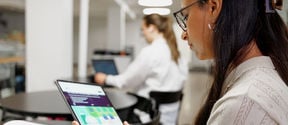Concrete is cast stone moulded by humans
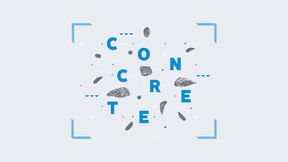
The exhibition showcases education and research related to concrete, while also discussing the material from the perspective of sustainable development.
'We want to shake up traditional conceptions and offer visitors a view of concrete that is more than just a grey, structural mass,' says OutiTurpeinen, Aalto University's art coordinator. 'Hopefully, visitors can also find something that surprises them at the exhibition,' she continues.
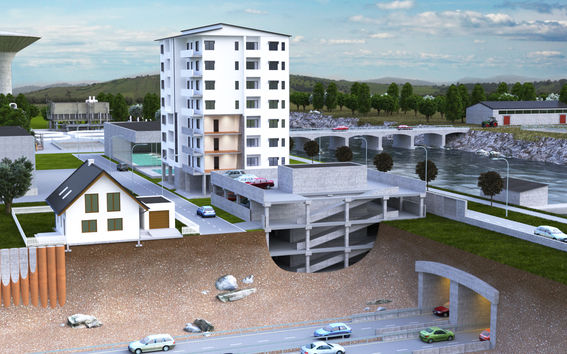
Better than its reputation
Concrete is the most common construction material in the world: an estimated 10 billion cubic metres of it is used every year. The history of concrete dates back to ancient Rome, with some concrete structures from the time surviving to this day.
Research has changed the ways the material is used. The 20th century saw the adoption of reinforced concrete – combining concrete with iron and later steel bars – which made concrete the most important material in building foundations and structural frames. Reinforced concrete is also widely used in road, bridge and environmental construction.
Current research includes efforts to reduce the carbon footprint of concrete production. While the carbon dioxide emissions are moderate at 0.1–0.3 kg per kilogram of concrete, the vast amounts of concrete produced result in heavy emissions in total. Every year, roughly 2 500 kilograms of concrete are produced per capita in Finland.
‘Sustainable development, automation and digitalisation are all important areas in concrete research. We will be presenting some of the latest research results at the exhibition,’ says Professor Jouni Punkki of the Department of Civil Engineering.
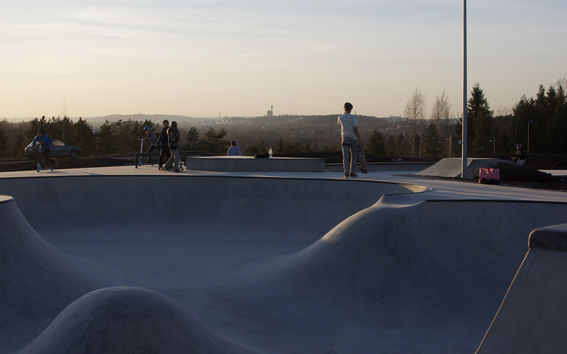
Clear, delicate and aesthetically pleasing
As a result of joint development work between concrete engineering and architecture, the mouldability and versatility of concrete has brought diversity, richness and on the other hand simplicity and clarity into architecture.
From a design perspective, concrete is a flexible material that can also serve background roles behind structures. As properties and structural solutions have developed and diversified, concrete has become prominent in new ways in the visible surfaces and façades of buildings.
The natural colour of concrete is grey, but in recent years pigments have been introduced into concrete architecture. Colour adds a further element to the architecture and creates variations in scale. Because it can be moulded, concrete is also appealing for artworks and sculpture. Art can highlight its more delicate features – plasticity, free forms, graphical nature and smooth, gleaming surfaces. The strengths of concrete lie in its aesthetics.
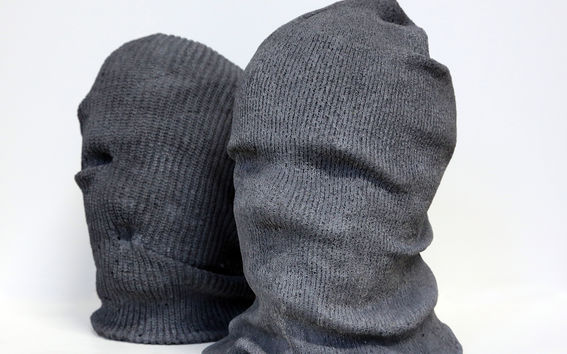
Objects representing the field of design in the exhibition include a prototype sauna stove made of fireproof concrete (Marina Baranova), a set of speakers designed in collaboration with Bang & Olufsen and a lamp designed for Innolux (Samuli Naamanka).
'For a designer, grey concrete pairs astonishingly well with almost any other material, and a matte finish brings out an object's shape in a beautiful and understated way,' says Simo Puintila, lecturer of design at the School of Arts, Design and Architecture.
The works on display at the exhibition are creations of Aalto University students, alumni, teachers and professors. The artistic installation in the Black Box is the work of sculptor Kaisaleena Halinen.
The exhibition assembles a variety of fields, methods and results around a shared material.
Through videos, posters and concrete objects it demonstrates the renewal and flourishing of this centuries-old material.
Welcome to the Betoni–Concrete exhibition, 23 January–7 March 2020
The opening takes place on Thursday 23 January at 17–19.
Venue: Aalto University, Dipoli Gallery
Otakaari 24, 02150 Espoo
The Betoni–Concrete exhibition has been designed by a multidisciplinary team with members from two of the Aalto schools and their alumni:
Curator: Outi Turpeinen, Art Coordinator
Graphic design: Cvijeta Miljak, Graphic Designer
Architecture: Professor Günther H. Filz, (structures & architecture), Maritta Koivisto, Architect (Betoniteollisuus ry)
Concrete technology: Professor Jouni Punkki
Design: Simo Puintila, Lecturer, Industrial Designer
Sculpture: Kaisaleena Halinen, Teacher, Sculptor, and Andy Best-Dunkley, Lecturer, Sculptor
- Published:
- Updated:
Read more news
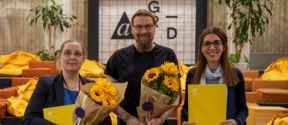
Aalto Open Science Award ceremony brought together Aaltonians to discuss open science
Last week we gathered at A Grid to celebrate the awardees of the Aalto Open Science Award 2023 and discuss open science matters with the Aalto community.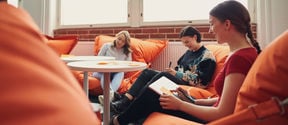
Seed funding available to boost collaboration between Aalto, KU Leuven and University of Helsinki
Aalto University, KU Leuven and the University of Helsinki launch the 2nd exploratory seed funding call to explore research collaboration possibilities. The funding call is open until 10 September 2024.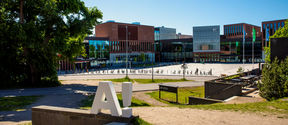
Professor Peter Hans Matthews works as a Fulbright-Aalto Distinguished Chair scholarship holder at the Department of Economics
Fulbright programmes and scholarships are highly appreciated in the United States